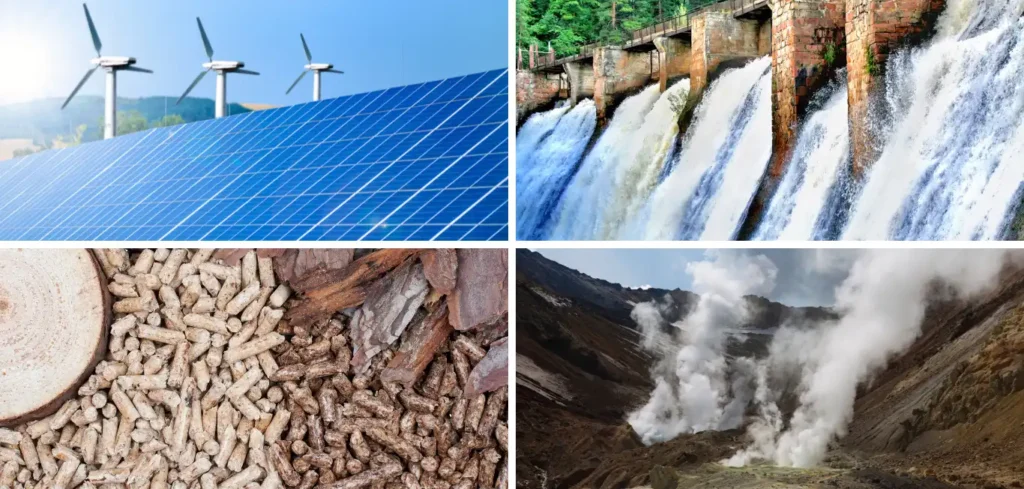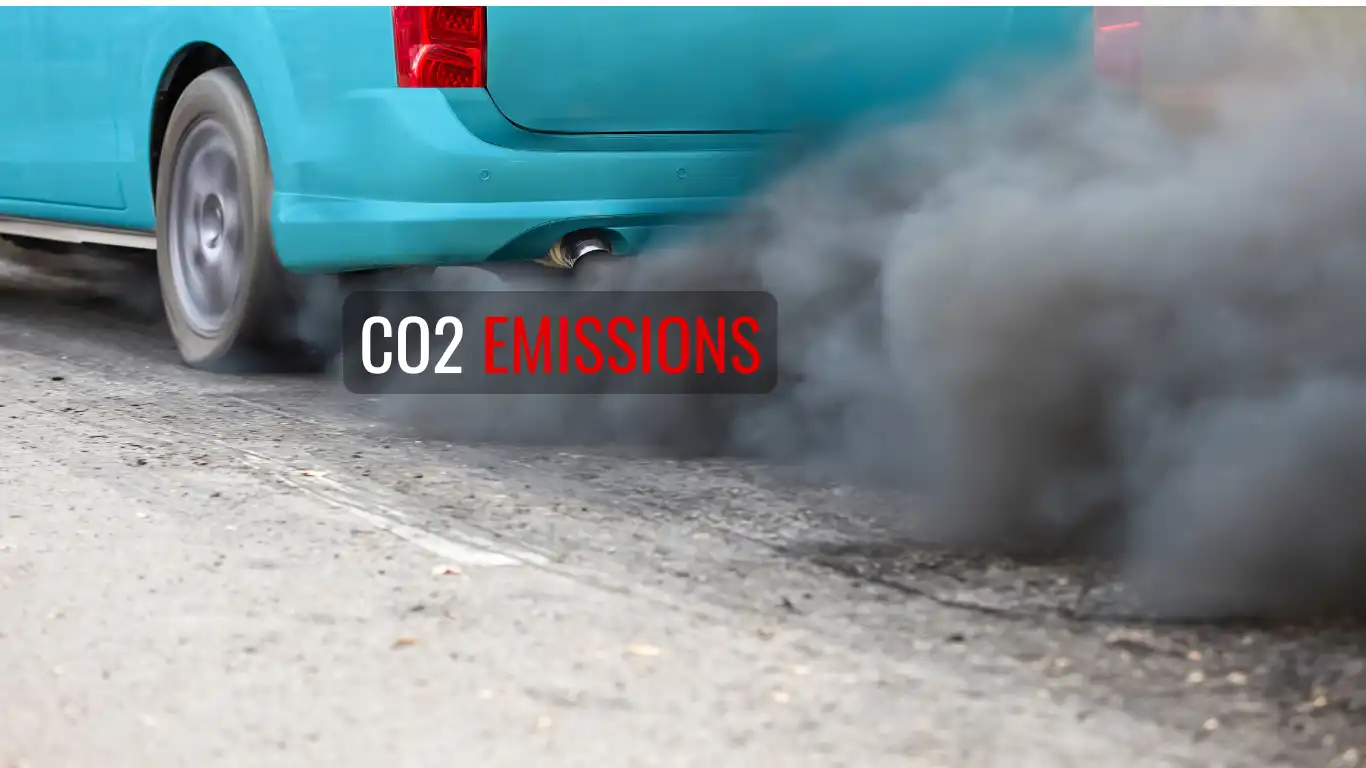Introduction
Our planet Earth is 4.5 billion years old. It is one of the most beautiful planets, allowing life to thrive because of its climate and atmosphere. However, Earth’s atmosphere is not stable due to continuous movement and change.
In its long life, Earth’s climate has gone through many cycles. Sometimes, it became so cold that it got completely frozen. At other times, it became warm, allowing many life forms to flourish, multiply, and thrive on the planet. Sometimes, it became so hot that seawater began to rise, covering and submerging great continents and lands. These changes occurred periodically, often recurring every 80-100,000 years and in 60-100 million years. All these cycles in Earth’s climate are natural and occur due to various reasons. Let’s explore them here:
The Orbital Cycle

The Sun plays a very important role in the formation of Earth’s atmosphere and climate. The distance from the Sun and the amount of sunlight Earth receives impact its temperature and climate. Since the Earth revolves around the Sun in an elliptical orbit, the amount of sunlight it receives keeps changing periodically. Furthermore, Earth rotates around its own axis as well, and it is tilted (22.1 to 24.5 degrees, to be precise) relative to that axis. This tilt causes the polar regions to receive different amounts of sunlight, resulting in temperature variations. In fact, the combination of these factors results in the creation of the seasons and in the periodic shift from day to night and back to day again.
On a bigger scale and timeline, these celestial factors relating to Earth’s orbit impact the amount of solar radiation received by Earth. This, in turn, changes the overall temperature of the planet, resulting in different climatic cycles over a long period of time. For instance, if the Northern Pole or the Arctic regions do not receive enough solar radiation, it could result in the lack of ice melting. This can be followed by the formation of ice sheets and glaciers in the Arctic region, thus initiating the ice age. When the cooler region begins to acquire more solar radiation, the ice melts, reducing the ice cover and marking the end of the ice age.
The Carbon Cycle

Earth’s Orbital Cycle is not the only factor governing climate change. It is also impacted by the carbon cycle of the planet.
The amount of carbon on Earth is fixed, and it keeps moving between the atmosphere (air), biosphere (plants and living beings), hydrosphere (oceans), and geosphere (soils and rocks). Plants absorb the carbon dioxide in the air during a process called photosynthesis and convert it into organic carbon. Later, the plants are eaten by animals and other living beings, due to which the carbon converts into their body mass. When these plants and animals die, their body mass decomposes and releases the accumulated carbon back into the atmosphere, or it is buried underground and converted into fossil fuels over a period of a million years.
Sometimes, the carbon in the air gets washed down during rain and gets absorbed into Earth’s crust. This creates carbonic acid, which reacts with Earth’s minerals and converts them into carbonates, thus trapping the carbon for hundreds of years. Sometimes, there are shifts in Earth’s tectonic plates resulting in quakes and volcanic eruptions, due to which the trapped carbon gets vomited out and floats once again into the atmosphere.
The carbon moving in the atmosphere and the land also finds its way to the ocean and other water bodies as they come into contact with one another. These water bodies can often absorb the carbon, acting as a sink, or they can release carbon back into the air, especially when temperature rises and water levels go up. The marine life in the ocean also acts as absorbents, such as the phytoplankton, which absorb carbon through photosynthesis. They are eaten by small fish, who are eaten by big fish, and eventually their excreta and biomass sink to the bottom and remain at the ocean bed.
In this way, Earth’s carbon keeps moving from the atmosphere to the biosphere to the geosphere and to the hydrosphere.
The interplay between Earth’s orbital cycle and the carbon cycle results in periodic variations in climate. Thus, the Earth keeps going through different periods or climatic ages, such as the ice ages or the interglacial ages that exist between two consecutive ice ages. These cycles occur naturally over a period of 80 to 100,000 years and allow the life and environment on the planet to adapt accordingly. Life exists during the ice ages as well as the interglacial periods, though the interglacial age is more conducive to life, and many life forms thrive during this period. The current time is an interglacial period, which started about 12,000 years ago, a period that is also called the Holocene, i.e., when Homo sapiens spread all over the planet. The advancements and evolution of Homo sapiens and all other life forms were possible simply because of a natural process in which the climate became more conducive to life. This natural shift in Earth’s climate is called climate change.
Human-Induced Climate Change
Climate change is natural and part of Earth’s planetary cycle. In fact, it is even healthy as it allows a gradual shift and evolution of life forms, resetting the planet and refreshing things again and again. The process occurs over a period of thousands or even millions of years, in which life has enough time to evolve and adapt to the changes. However, in the 21st century, these changes are occurring at an alarming rate. Thus, the shifts which should have occurred in millions of years are now happening in just centuries.
According to the latest scientific understanding, human-caused actions have accelerated the rate of carbon emissions on the planet. We human beings, in order to live a more comfortable life, began to remove forests and create agricultural lands and cities in their place. Thus, without plants and animals, the carbon cycle shifted, and much more carbon remained in the atmosphere, thereby trapping more heat from the Sun. Furthermore, we human beings created mega industries, resulting in mass-scale production and population explosion, which expanded our domain and removed natural biodiversity from the planet.
Also Read: When Did Humans Develop Scientific Understanding Of Climate Change?
Activities like deforestation, species extinction, industrialization, and commercialization ended up disrupting the natural carbon cycle of the planet. Thus, in just a period of 200 years since the dawn of the Industrial Age, carbon emissions and Earth’s surface temperature increased exponentially. This has triggered an unnatural climate change that impacts every life form and ecosystem on the planet, as there’s been no time for natural adaptation or evolution.
Thus, natural habitats are getting destroyed, species are vanishing, and even human life is threatened due to loss of food systems, natural disasters, migration, and economic calamity. Presently, climate change comes as the biggest threat to not just humanity but the entire life force on the planet. If temperatures continue to rise and carbon gets accumulated in the atmosphere, it will result in a series of chain reactions that will disrupt life and ecosystems. The quality of life as we know it will come to a stop, and everything about human comfort will have to be abandoned.
Evidence of this disastrous consequence has already begun to manifest in poorly designed cities like Delhi and Gurgaon – the most polluted cities in the whole world. These metropolitan smart cities and hubs for corporate activities are overloaded with technological and infrastructural superiority but cannot even provide basic facilities like good breathable air. The air quality in these cities is so toxic that governments have to shut down schools, traffic, and construction activities just to restore things back to normal. Everyday pictures of the air show the grim reality of these cities, highlighting the dystopian nature of their environment. This is a direct consequence of climate change and environmental neglect that has underscored human development and achievement in the past 200 years. If things do not change, a large-scale toxification of the environment will be inevitable.
Fighting Climate Change With Renewables & Innovation

Even though humanity has triggered global warming and climate change, its story need not come to a grim end. This is because the human spirit, intelligence, and the scope of collective action, along with innovation, have the power to change the whole world. Thus, despite facing these challenges, international organizations like the UNEP and nations have joined hands together and taken a pledge to fight climate change.
By initiating various policies, strategies, and actions, human civilization is fighting against climate change and even stands a chance to stop and reverse the catastrophic effects. By channeling funds and finance into the development of technologies that can capture the carbon in the air and prevent more carbon from accumulating in the atmosphere, we can attempt to undo the harms of the previous ages. By understanding our place in nature and realizing the importance of the environment in sustaining our life and activities, we can alter our behavior to synchronize with the natural rhythms of the planet.
Climate change comes as a threat to humanity but also presents an opportunity for us to change ourselves and our ways, opening the possibility for a healthier, cleaner, and more beautiful lifestyle that is in sync with the planet.






